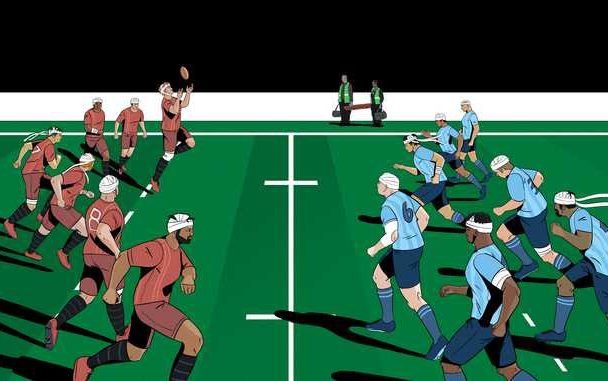 'A professional rugby pitch is like no other' writes Peters. Photo: Emil Paun
'A professional rugby pitch is like no other' writes Peters. Photo: Emil Paun
British Lions v Australia, 6 July 2013. His expression was something I had never seen up close before. His eyes were open but empty; it looked completely empty. — Are you okay, buddy? I asked. «Uh, yes, I think so,» came the lame reply.
Not more than two hours ago, George Smith, one of the most celebrated Australian rugby players in history, suffered an injury all too familiar to those of us who have worked in the sport, but shocking to all outside of it. In the fourth minute of the match, which was watched by millions, Smith brought the ball into the tackle, but received such a serious head injury that, if it had happened in any other area of life, an ambulance would have been called.
But a professional rugby field is different from any other area of life. Traumatic brain injuries, or concussions as they are called, have become so commonplace that many choose to shrug their shoulders or ridicule them by calling them «my call» or «headbutt.»
Medics helped Smith out a few minutes later, his left leg dragging uneasily behind him. “I would be very surprised if George Smith returned to the field,” said one of the commentators. Another agreed: «Tomorrow he will be a very sick man.»
«Sick man» in rugby language means that he cannot get out of bed or walk to the local store. But five minutes later, Smith again cautiously ran onto the field and continued to play. “This is a massive call,” said the commentator.
«This is a huge call to save George Smith's life,» he might have said.
 George Smith injured during a game in 2013. Photo: Getty
George Smith injured during a game in 2013. Photo: Getty
The incident did not occur in isolation. By no means. Since I started covering rugby professionally 10 years ago and 20 years before that, when I was playing, I have witnessed the transformation of the sport. Money poured in after the game became professional in 1995, and rugby union's injury profile skyrocketed to the point where I thought it was unsustainable. Unbearably dangerous. Reckless even.
Doctors compared injuries sustained on a professional rugby field with those sustained in traffic accidents. Biceps and hamstrings torn from the bones, knees destroyed, collarbones crushed. And as the number of collisions increased and head injuries increased, so did the pressure to get the players back on the field quickly.
Everyone knew that this sport was much more dangerous than ever before. And I mean everyone. Players. The doctors. Coaches. Even administrators and advertisers … But silence reigned. Dangerous omerta. Somehow the rugby union has convinced itself to turn a blind eye to the growing damage being done to a group of young athletes.
Over the past decade, I have written extensively about the injury crisis in rugby, reporting that I would be labeled as an outcast, a rugby hater and a fraudulent journalist. I was threatened with physical violence and verbally abused. But the more I dug, the more I realized that the problem is much more serious than I could imagine.
I started reading about former NFL stars suffering severe neurodegenerative problems in their 40s and 50s. Rugby is not inferior to American football in terms of speed and size of collisions. But with some team members playing more than 40 games in a season, as opposed to the NFL's 17-game maximum, and with much higher collision rates per game in rugby, there was a strong argument that American sports are actually safer. . Add to that the strict limits on contact training, thanks in large part to a strong independent player union, and it means NFL stars enjoy a level of protection their fellow rugby players could only dream of.
 Former England international Steve Thompson has early-onset dementia. Photo: Getty
Former England international Steve Thompson has early-onset dementia. Photo: Getty
But even when I started writing about rugby union facing a dementia crisis back in 2013, I obviously never wanted it to come true. So, it was a chilling moment when, in December 2020, former England internationals Steve Thompson and Michael Lipman, along with former Welsh No. 8 Alix Popham, publicly announced that they had been diagnosed with early-onset dementia and likely chronic traumatic encephalopathy (CTE, a progressive and fatal brain disease associated with repeated traumatic brain injury) caused by blows to the head during a career.
The trio, along with five other players under the age of 45 in 2020, are part of a test case brought against World Rugby, the governing body of the Rugby Football Union (RFU) in England and Rugby Wales, that could change the face of the sport forever. In June, lawyers representing 169 former professional athletes and 66 former amateur athletes appeared in court at their first preliminary hearing.
Thompson was the first player to «go public». “You see how we raise the World Cup and I see how I jump there. But I can’t remember it,” he told a journalist. «I don't remember being there at all.»
He also talked about anxiety, mood swings, and extreme fatigue, as well as the desperation he felt at forgetting basic directions, leaving his car with the keys in the ignition, and, perhaps most frustratingly, his wife's name. “Sometimes I could look at Steph. And she says that I seem to be empty. And she'll say, «I'm Steph.» The name is gone. Disappeared.
The “debate” about whether re-injury to the head increases the risk of developing neurological problems later in life – if it ever was – is over. How big these problems are and who is most affected by them remains unclear. But now there is a huge amount of evidence, including a study published by the Drake Foundation in 2021 that showed that 23% of elite adult rugby players had abnormalities in the structure of the brain, and half were found to have an unexpected change in brain volume.
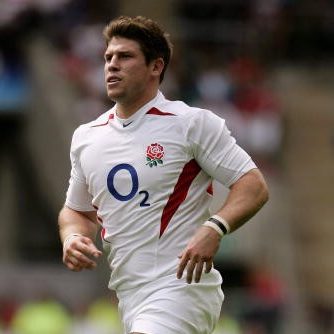 Former England international Michael Lipman suffers from dementia. Photo: Getty
Former England international Michael Lipman suffers from dementia. Photo: Getty
When their results were published, James Drake, founder of the foundation, said: «Common sense dictates that the number and severity of punches, both in training and in the real game, should be significantly reduced.»
< p>The question remains: did it happen? What has changed in the two years since then? And given that today's problems are largely due to the fact that the sport has spent the better part of two decades pretending not to have problems, has enough been done to counter them, not just in rugby but in football and other contact sports?
While working on my new book, Concussion, I spoke with many old acquaintances, friends, and some adversaries. Some were encouraged by the changes brought about by the sport, while others remained deeply cynical.
Don Astle and Rachel Walden, daughters of former football players who died of CTE, now work with Concussion Legacy Foundation Executive Director Adam White in the Professional Football Players Association [PFA] brain health department. “It feels very different now than it did 10 years ago,” Astle told me. “The PFA and FA now recognize that there is a link between head injuries and CTE, which means that we can start developing what we are going to do about it. The fact that the PFA has brought people like [us] 'inside the house' shows that they are willing to hear some harsh domestic truths.»
With the Scottish Football Association banning children under 12 from heading in 2020, the FA now looks set to follow suit once legal proceedings begin in 2022. 2023 rejects FA proposals to introduce concussion substitutions, which would bring them in line with professional rugby union and cricket. Football is still a long way off.
Rugby, meanwhile, has undoubtedly taken steps in the right direction. Commentators no longer praise the «bravery» of brain-damaged players, and medics have been given more powers while players look after each other on the pitch and no longer treat concussions as a joke like they used to. The Rugby Players Association (RPA) has also improved governance and structure.
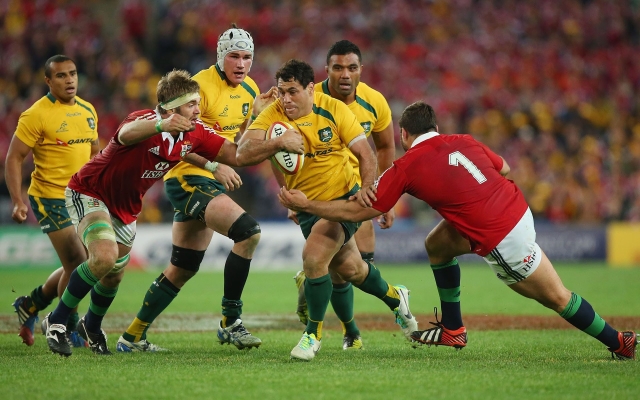 Peters: 'Doctors compared injuries on professional rugby pitches to those who witnessed traffic accidents' Credit: Getty
Peters: 'Doctors compared injuries on professional rugby pitches to those who witnessed traffic accidents' Credit: Getty
Yet the Head Injury Assessment (HIA), which was first introduced in 2012, remains seriously flawed despite World Rugby's recent claims that it is 90% successful in detecting concussions on the pitch. But at the very least, he should be credited for showing how much brain injury happens on a professional rugby field. Sent-off decisions are now also widely accepted by players and fans alike, with commentators tending to praise the medics when they remove a player.
Obviously, this is good. But that doesn't mean rugby is safer. By no means. All evidence suggests that rugby has become significantly more dangerous over the past three decades.
In the 2020/21 season, the rate of concussions in English professional rugby reached 22.2 concussions per 1,000 hours of play, the highest since registration began.
It is only in the last decade that the ultimate authority of sport's governing bodies and control over narrative has been challenged. In recent times, organizations such as the Concussion Legacy Foundation, Headway, and lobbying group Progressive Rugby have invested time and money in gathering evidence and providing support to players and their families.
Many in the sport are still very resistant to change. World Rugby's decision in November 2022 to provide a platform for Dr. Rudy Castellani at their medical symposium, attended by many of the most senior medical professionals and administrators, was, in my opinion, a major error of judgment.
Dr. Castellani, a professor of pathology at Northwestern University's Feinberg School of Medicine, is a self-proclaimed «brazen denier» of the Boston University CTE Center study, which examined hundreds of brains of deceased former athletes and found evidence of CTE in the vast majority of cases. of them. The investigation became the centerpiece of a class action lawsuit filed against the NFL by thousands of former players and their families, alleging that the league played down the risks of head injuries — a lawsuit that resulted in a $765 million settlement. But at the World Rugby conference in Amsterdam, Dr. Castellani said that, apart from other reservations he has about the Boston study, there is not enough evidence to characterize CTE as a «neurodegenerative» disease.
He also believes that there are «factual inaccuracies» in the guidance issued by the US National Institutes of Health that acknowledges a causal relationship between CTE and head trauma. It's kind of like a «marginal view» [as one commenter put it]. But as long as there are those in positions of power making these arguments publicly, it will make it difficult to find a proper solution to this problem.
Injuries in rugby quote 1
Most recently, in March of this year, I was shocked to attend a parliamentary roundtable discussion chaired by MP Chris Bryant, where one of those formulating the UK's coordinated response to acquired brain injury in sport said that «some doctors still doubt that secondary impact syndrome [where the brain swells up due to a new concussion before the previous one has passed].
At that meeting, I also learned about the plan to publish a UK-wide guidance regarding concussions in a sport that would adopt the «When in doubt, drop them» idea, originally used in the Scottish Rugby Union campaign. However, the recommendations will not mention CTE or long-term risks of recurrent brain injury.
Ultimately, despite the deluge of statistics pumped out by World Rugby and the powerful RFU PR machines that keep the HIA effective, brain injuries remain poorly treated. In February 2022, Welsh defensive midfielder Thomas Francis suffered a brain injury midway through the first half against England, showing several obvious symptoms which meant he should have been sent off immediately. Instead, Francis was allowed to play after he passed the HIA, which he was not even supposed to pass.
A Six Nations Commission, made up of RFU Director of Medical Services Simon Kemp, World Rugby Chief Medical Officer Martin Raftery and Welsh Rugby Union (WRU) Medical Manager Prava Mathema, among others, concluded that there were no grounds for disciplinary action. This is despite the conclusion that «in this case, one or more of the criteria of Criteria 1 were present, which should have resulted in the immediate and permanent removal of Francis from the game.»
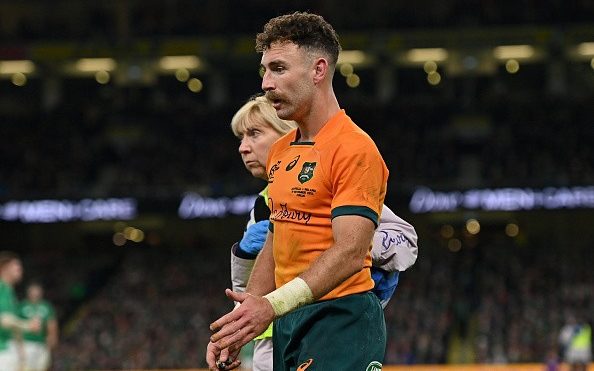 In 2022, Australia midfielder Nick White was cleared to play against the Republic of Ireland after he lost his footing following a blow to the head. Photo: Getty
In 2022, Australia midfielder Nick White was cleared to play against the Republic of Ireland after he lost his footing following a blow to the head. Photo: Getty
In April 2022, England Under-20 team doctor Nigel Rayner became, to my knowledge, the first medical practitioner in professional rugby union history to be sanctioned for errors that contributed to the mistreatment of a concussion player. At the hearing, Reiner received an eight-week ban, reduced to four for his previously exemplary record, for «serious» and «unacceptable» behavior during England's Six Nations match against Italy last February when Reiner attempted to cancel an independent match. a day doctor who decided that England striker Digo Bailey should leave the field for HIA.
In November 2022, Australian midfielder Nick White was cleared to play against Ireland after he was unsteady on his feet — one of the Category 1 criteria for an immediate suspension — following a blow to the head. Progressive Rugby tweeted: “[We] respectfully demand responses from the Wallabies after a player showing symptoms of a Category 1 head injury was not permanently removed from the game…White, visibly unsteady and dazed, instead passed HIA and was returned. in field. This is unacceptable and further heightens our concerns about the HIA protocol….”
The panel cited problems with access to TV footage, but found no reason why the Wallaby medical team could respond.
After the White Case incident, in January, I asked Simon Kemp of the RFU if he still believed since the HIA because, in my opinion, it can be compared to the case of George North in 2015, when a player from Wales received two blows to the head and lost consciousness. against England, and the medical team allowed him to play twice.
“George North is no more,” Kemp told me emphatically. But then the following month, while playing for Wales, North went limp after Scottish prostitute George Turner hit him over the head with her shoulder. Despite obvious symptoms, North continued to play before being sent off for the HIA shortly before halftime.
 Lewis Moody: » I liked the contact element of the game… Now I would do it differently.” Photo: Getty
Lewis Moody: » I liked the contact element of the game… Now I would do it differently.” Photo: Getty
BBC commentators John Barclay and Jonathan Davies criticized the decision not to remove it permanently before the break. «I don't understand why they didn't take him away at once,» said Davis. Barclay added: “The good news is they saw it. He cannot return to the field. If you look at the process, he has clear signs of concussion as he is limp.”
To the best of my knowledge, this was the fourth time a player was allowed to continue playing live as he clearly had a brain injury. Three of these incidents were under the control of the WRU.
I love rugby union, nothing will change that. But money has distorted the values of the game, and conflicts of interest have harmed the sport and prevented it from having an honest conversation with itself.
Injuries in rugby quote 2
Retired rugby union player Lewis Moody, who was part of the England team that won the 2003 World Cup, admits there is still a lot of change to be done in the sport. “I love this game,” he said. “My kids love it… They would connect every second of every day if they could. Therefore, we must take power from their hands.
“Technical work in the contact zone, grabbing technique, grappling — all this can be done without putting the body in a position where you risk head injury. People might say, «That's really hypocritical of you, Mad Dog Moody, because you used to play like an idiot…»
“I liked the contact element of the game. I played the game within the parameters and the way I could, at the time I could. And now I would do it differently.”
Moody spoke to Progressive Rugby, who called for urgent changes to improve player welfare. These include at least 21 days of non-negotiable blanket abandonment following a traumatic brain injury; reduction of the game limit to 25 games (or equivalent match minutes); and severe penalties for non-compliance.
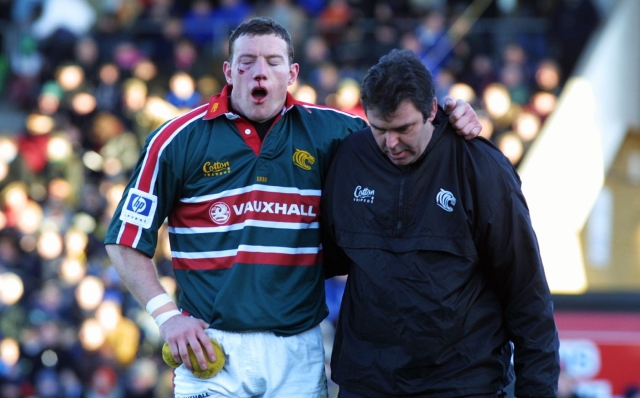 Leicester cornerback Tim Stimpson has suffered 20 fractures to his cheekbone. Photo: Shutterstock
Leicester cornerback Tim Stimpson has suffered 20 fractures to his cheekbone. Photo: Shutterstock
A series of articles on the Progressive Rugby website stopped me on my way, including one with former England and Leicester defender Tim Stimpson, who talked about a December 2001 game against the Harlequins when he suffered 20 fractures to his cheekbone. «I didn't regain consciousness until I left the field,» Stimpson said. “One of the Harlequin medics felt the outlet and decided that everything was fine with me and I could return. I told them no way — I could hear Niagara Falls in my head, there was obviously a lot of blood.
“In Leicester we were proud of kicking each other's shit in training – and that worked too; we had a pretty cool record. But the evidence that we were wrong is mounting, and many of my teammates are suffering from repeated concussions, including depression and memory loss, which will change their lives.”
I didn’t need predictions that I made in 2013. about professional rugby players in their 30s and 40s who develop dementia. But the time bomb exploded. How rugby union reacts will determine its future.
Rejection will kill rugby, not a concussion. And the most dangerous thing to do right now would be to do nothing.
Abridged excerpt from Sam Peters' Concussion: The Inconvenient Truth About Sports, out August 31 (Atlantic Books, £20); You can pre-order Telegraph Books for £20 at books.telegraph.co.uk








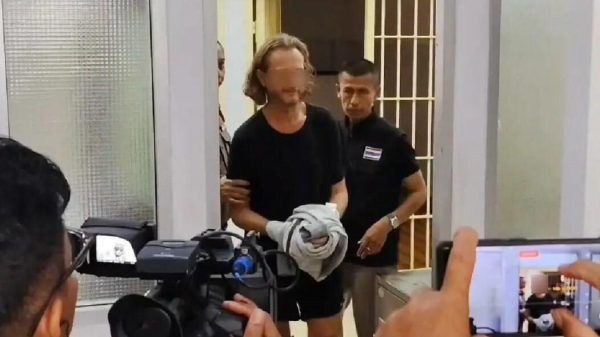
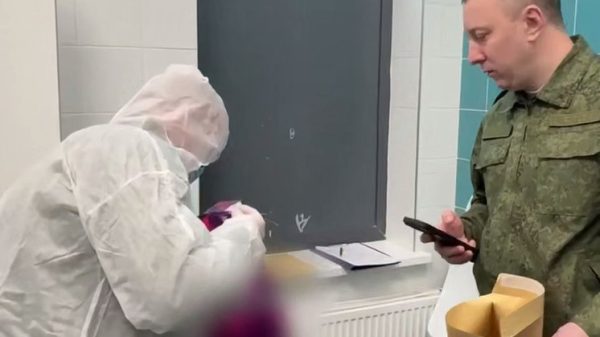
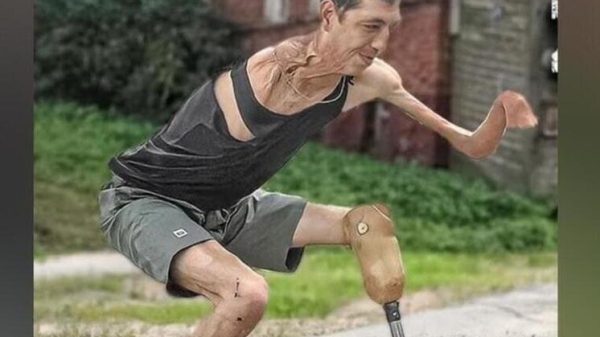




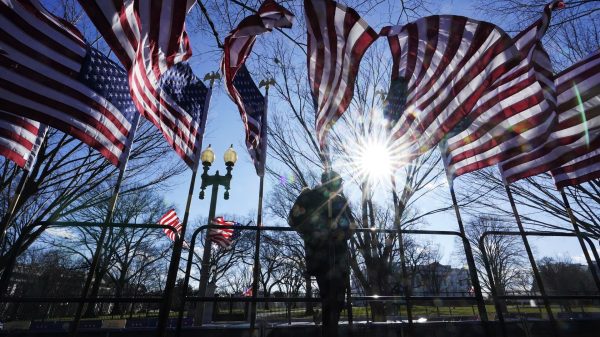




































Свежие комментарии